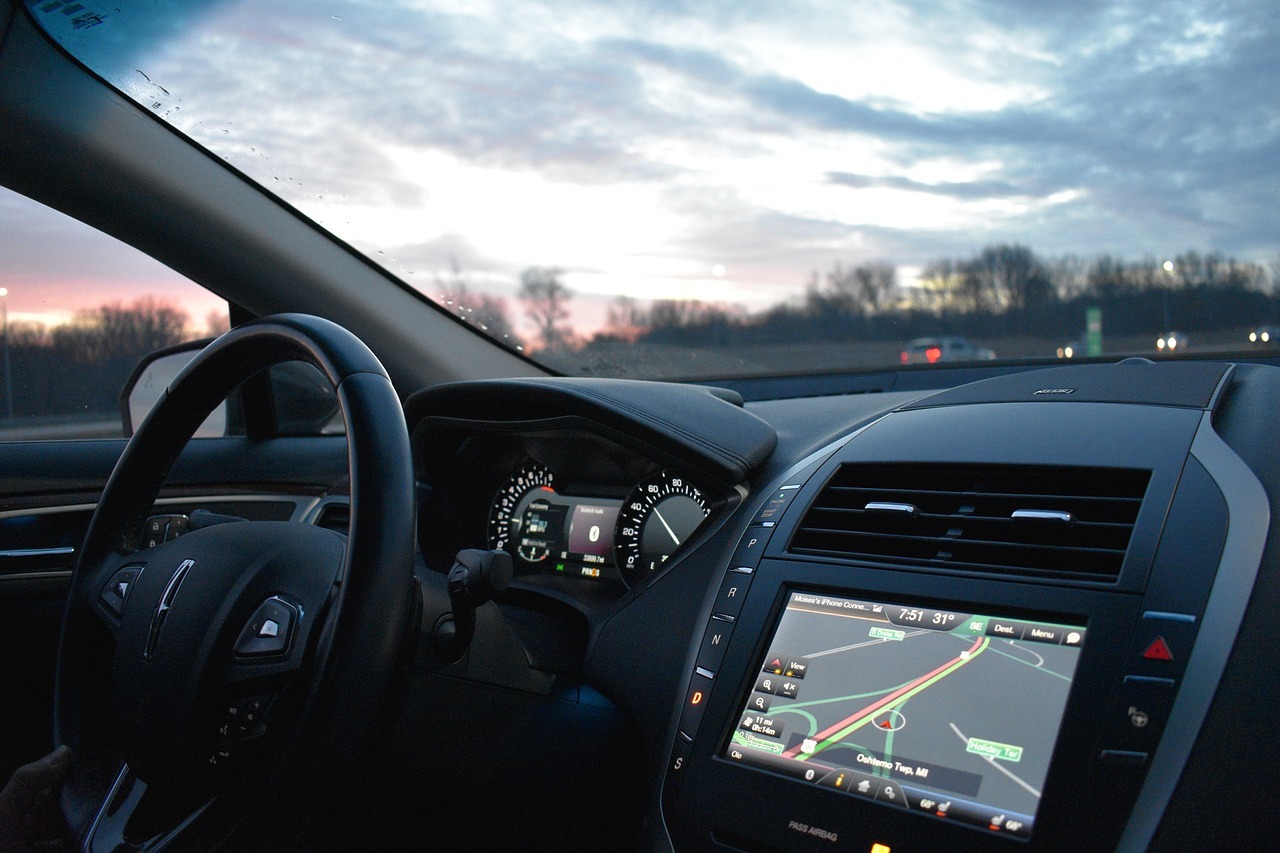The automotive industry has rapidly expanded beyond mere machinery in today’s advanced technological landscape. With the advent of smart vehicles, the seamless integration of software with hardware has become paramount. Such sophisticated systems require rigorous and meticulous testing, emphasizing the need for effective automotive software testing.


The evolution of vehicles into connected devices highlights the increasing dependency on software systems. These software components ensure safety, enhance user experience, and offer additional features like navigation, connectivity, and entertainment. Ensuring their impeccable performance is not a luxury but a necessity. This is where automotive software testing comes into play.
Faults or bugs in vehicle software can lead to serious repercussions ranging from minor glitches to severe safety concerns. Hence, adopting a systematic approach to test these software components becomes indispensable.
platform The automotive software environment is incredibly complex, requiring a rigorous and structured approach to ensure quality and safety. With the adoption of a software defined vehicle platform the integrity of the software components not only defines the vehicle’s performance but also plays a pivotal role in passenger safety and overall user experience. There are specific requirements in automotive software testing that developers must meet to guarantee this:
By emphasizing these requirements, automotive software testing can meet the high standards expected in the industry, ensuring both top-notch performance and the safety of the vehicle’s occupants.
Integrating software into modern vehicles has evolved the transportation industry, paving the way for more responsive, intelligent, and connected vehicles. However, the increase in software components simultaneously introduces complexities. Effective automotive software testing practices are imperative to manage these complexities and ensure that vehicles deliver on their safety, efficiency, and convenience promises.
While manual testing offers valuable insights, automated tests excel in repeatability and scale. They can simulate numerous scenarios rapidly, making them invaluable for regression testing and ensuring that previously developed and tested software remains bug-free after changes.
Since vehicles are directly related to user safety, testing practices should prioritize safety-critical functions. Features such as autonomous driving, lane assistance, and emergency braking should undergo rigorous testing under diverse scenarios.
Simulating real-world scenarios, like network disconnections or low battery situations, provides insights into the system’s resilience and ability to cope with unexpected challenges.
Use automotive translation services to ensure that the onboard controls and documentation match the target language. Communicate clearly with the end user.
Beyond module or component testing, end-to-end testing ensures that the entire software ecosystem in the vehicle – from input devices to display units, communicates seamlessly.
A car’s infotainment system, navigation, and other user interfaces should be intuitive and responsive. Testers should validate that software interfaces meet user expectations and industry standards using test user experience practices.
Collaboration between testers, developers, and end-users can offer diverse perspectives, leading to a more holistic testing approach. Feedback loops should be short and effective to ensure rapid issue identification and resolution.
While simulators offer controlled environments for testing, real devices provide insights into real-world performance. A balanced approach, leveraging both, can offer a comprehensive view of software performance.
In an era of rapid software updates, CI/CD practices ensure that any changes or additions to the codebase are immediately tested, validated, and ready for deployment, ensuring consistent system reliability.
The automotive software industry, being safety-critical, is heavily standardized. Regularly updating testing practices to align with evolving standards ensures compliance and safety.
Modern vehicles generate vast amounts of data. Utilizing data analytics can provide insights into system performance, potential bottlenecks, and areas of improvement.
By integrating these enhanced best practices into their automotive software testing strategies, companies can ensure they produce vehicles that are not only technologically advanced but also reliable, safe, and efficient. With the line between software and automotive industries blurring, these practices will be crucial in defining the next generation of transportation.
HeadSpin provides a comprehensive suite of solutions tailored to diverse testing needs. Whether it’s Android or mobile app testing, their platform is designed to ensure flawless performance across devices and networks, making it a formidable tool for automotive software testers.
By leveraging HeadSpin’s solutions, testers can gain a competitive edge, ensuring rigorous, comprehensive, and efficient testing processes that align with the industry’s best standards.
As the automotive industry advances, the role of software becomes increasingly paramount. Ensuring these software components are tested thoroughly, with precision and attention to detail, is essential for safety, user experience, and overall vehicle performance. Partnering with an experienced automotive software company can help streamline development, improve system reliability, and ensure compliance with industry standards for cutting-edge vehicle technology. Embracing best practices and leveraging state-of-the-art tools and platforms, like those offered by HeadSpin, can elevate the quality of automotive software testing.
Kansas City entrepreneurs partnering with ThrottleNet gain more than just technical support—they receive a strategic…
California is making strides in solar panel recycling, a vital part of its wider environmental…
Content owners may more successfully negotiate this complicated situation by following these crucial rules, putting…
Moving to direct bookings isn't just about cutting out the middleman—it's about taking control of…
Archiving is not just a checkbox—it’s an operational habit. By combining standard file formats with…
Investing in robust remote support solutions becomes essential for enduring success. Businesses that prioritize these…